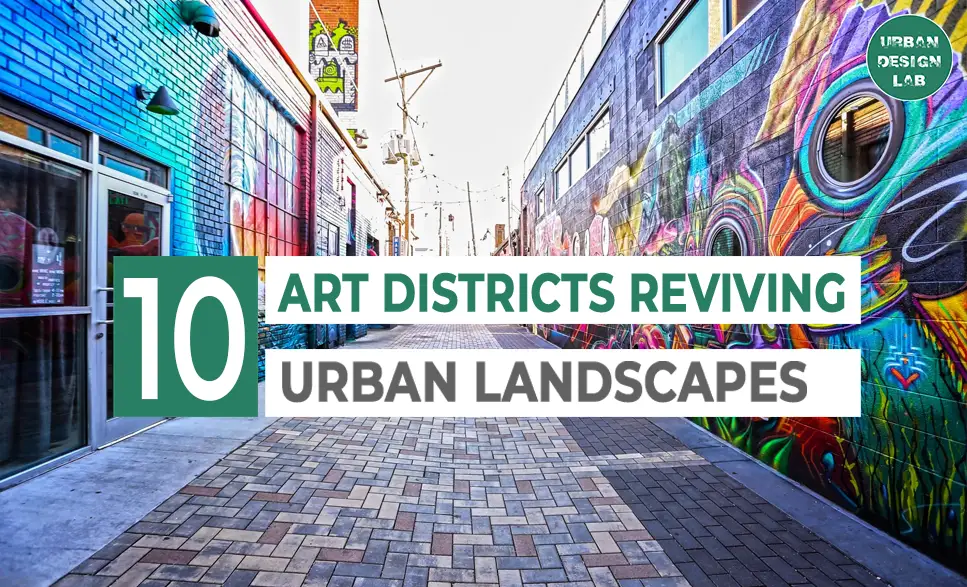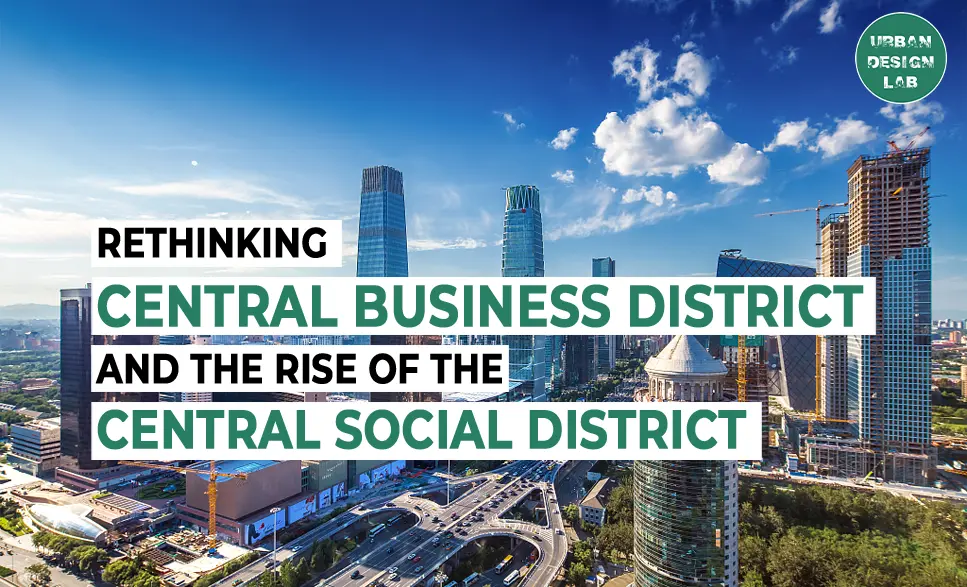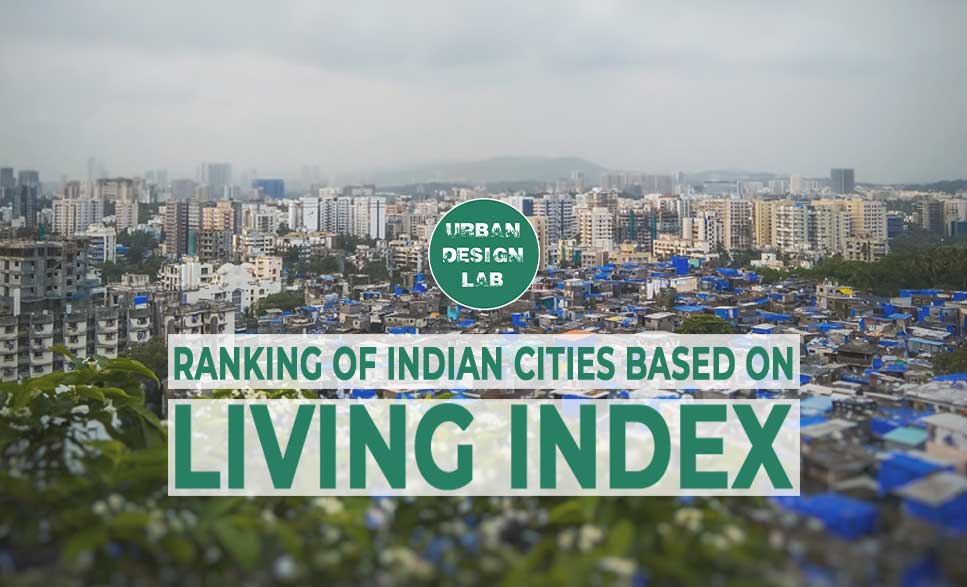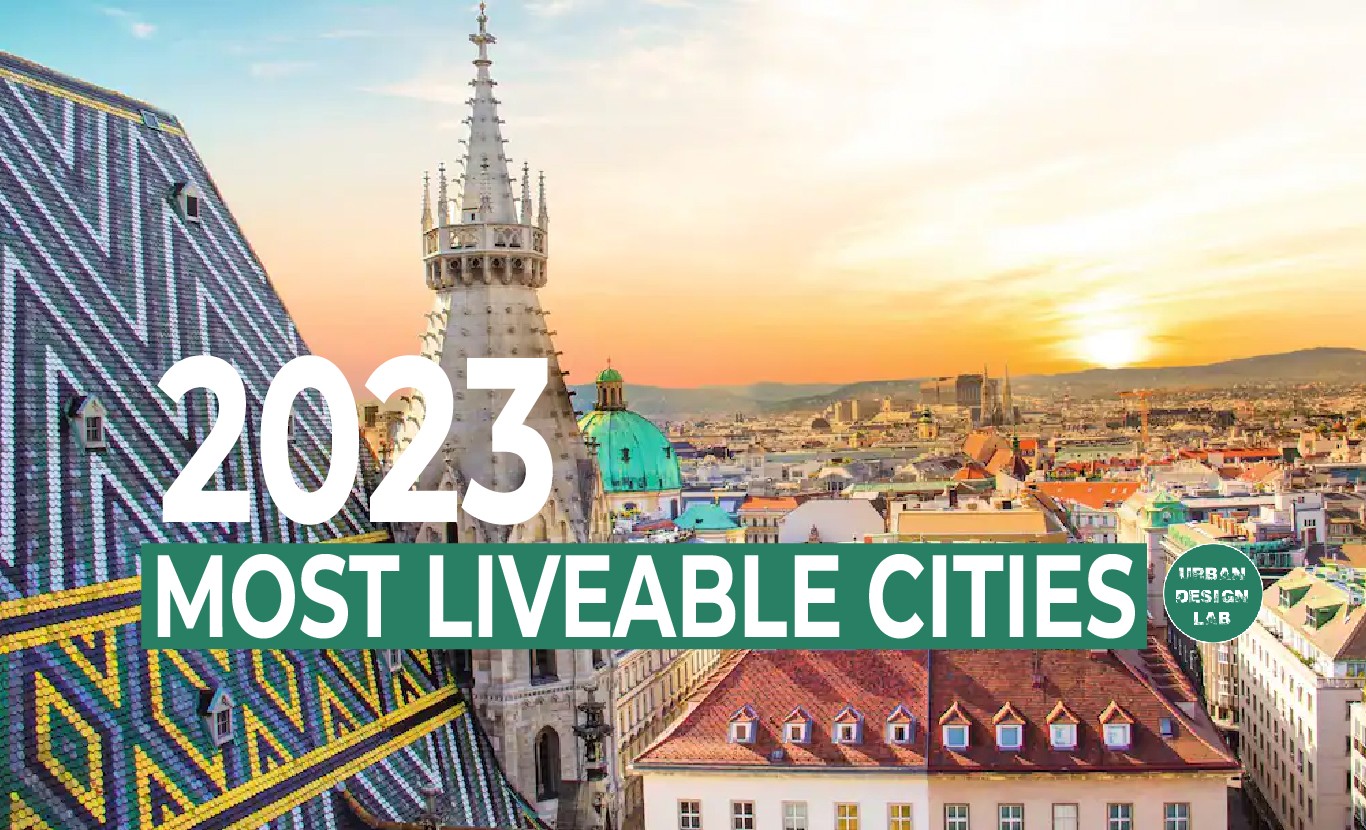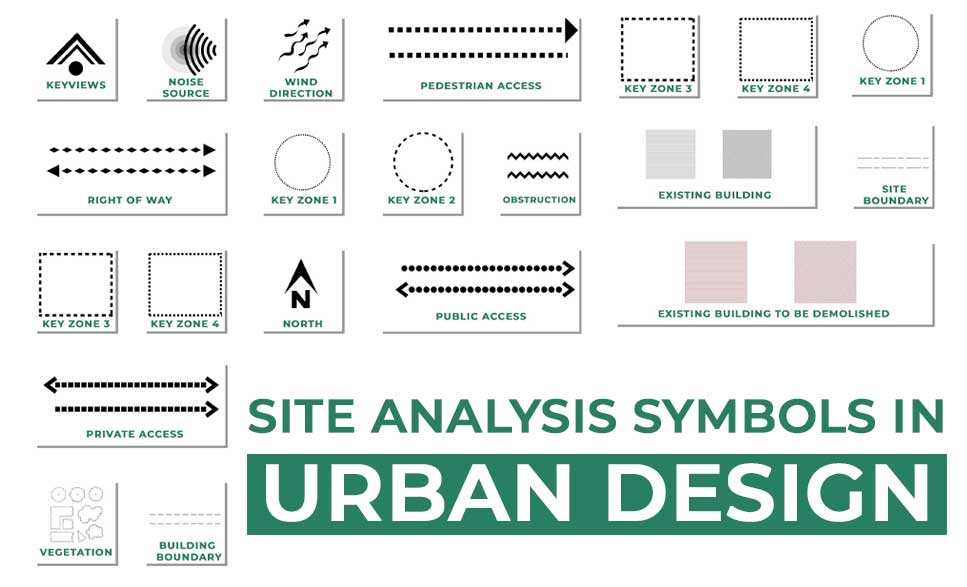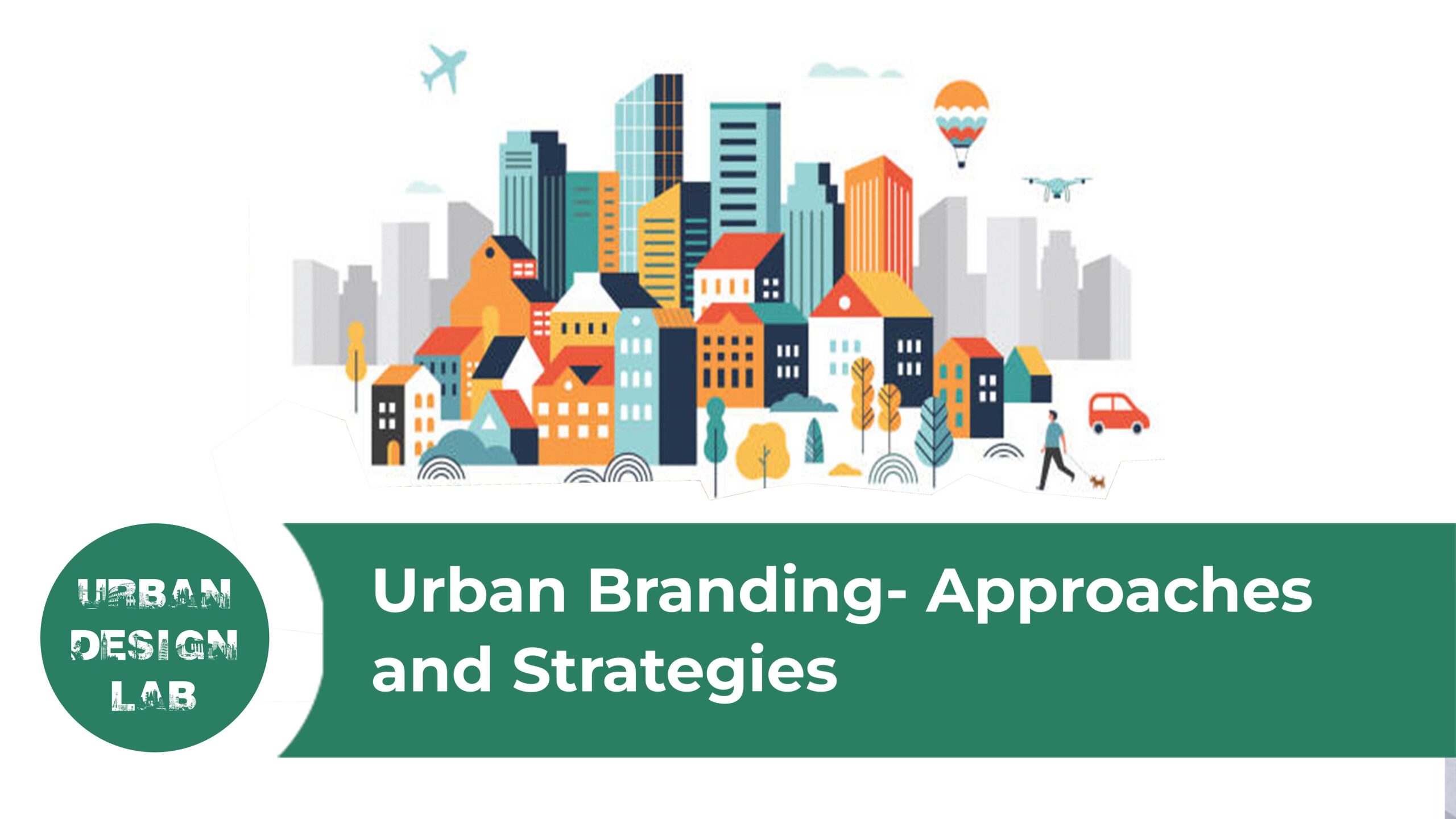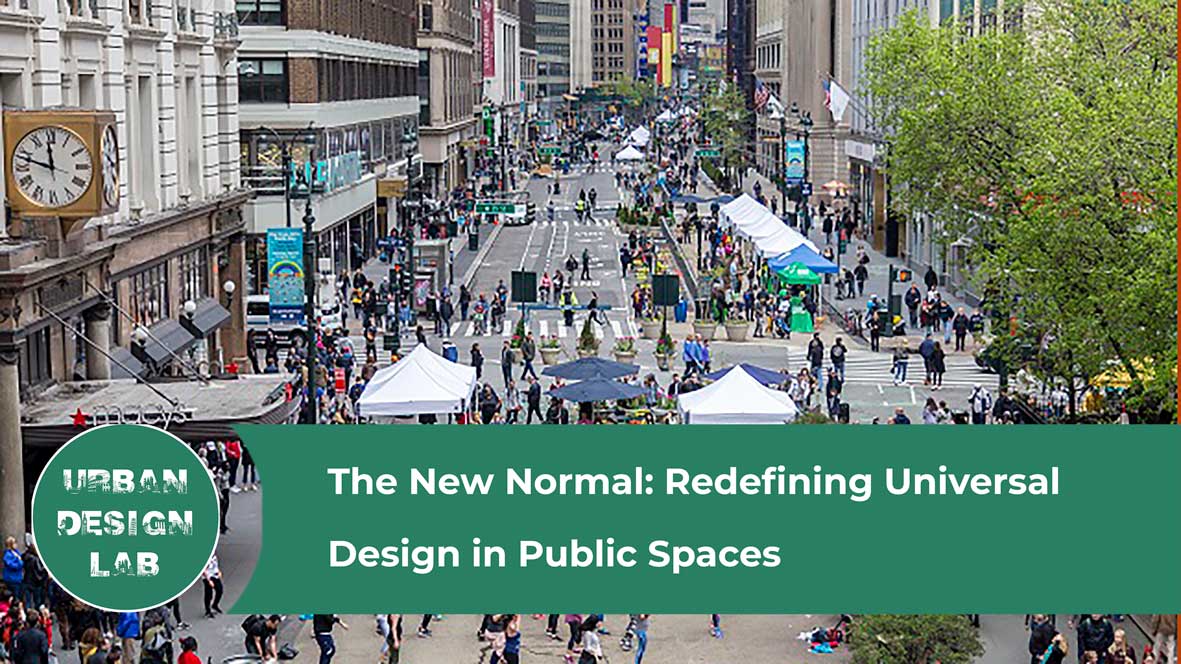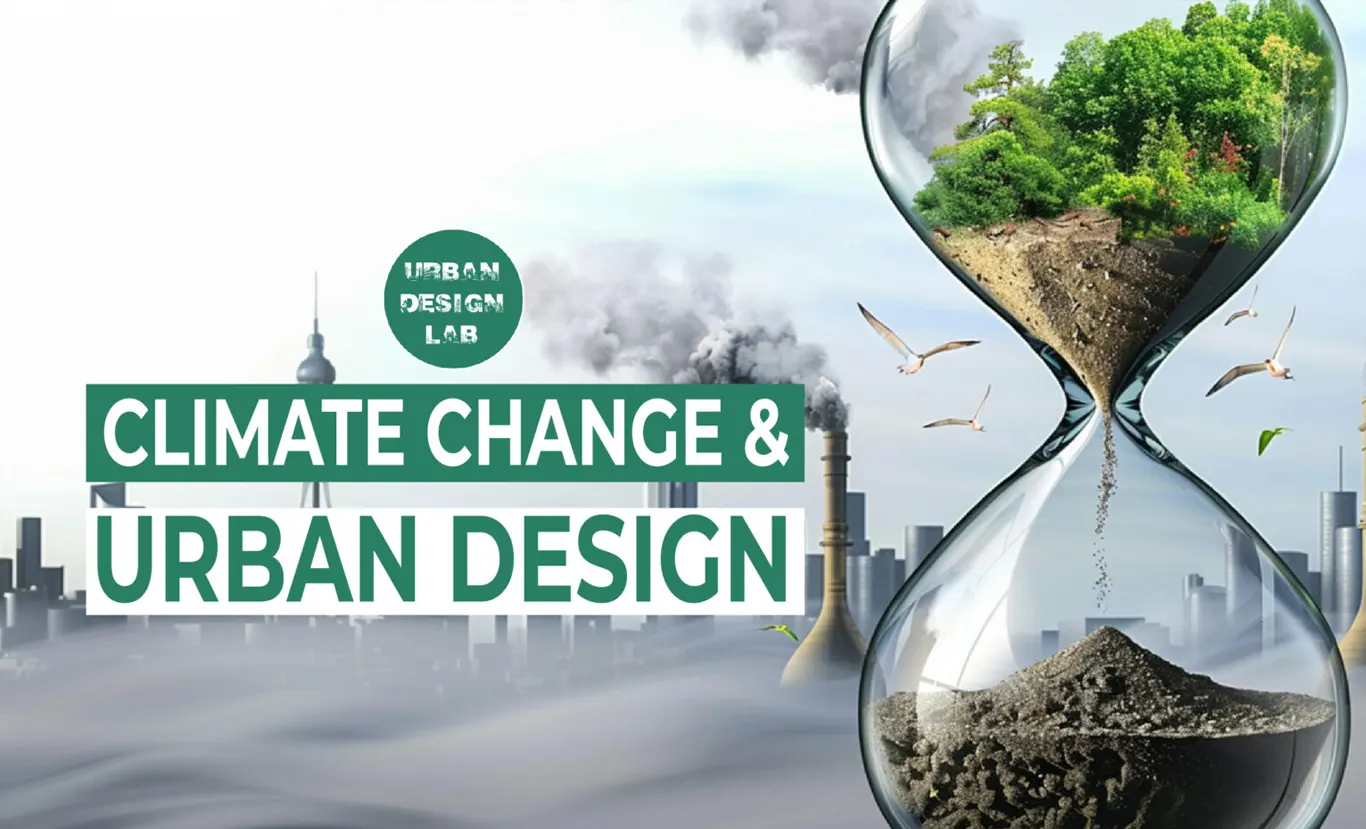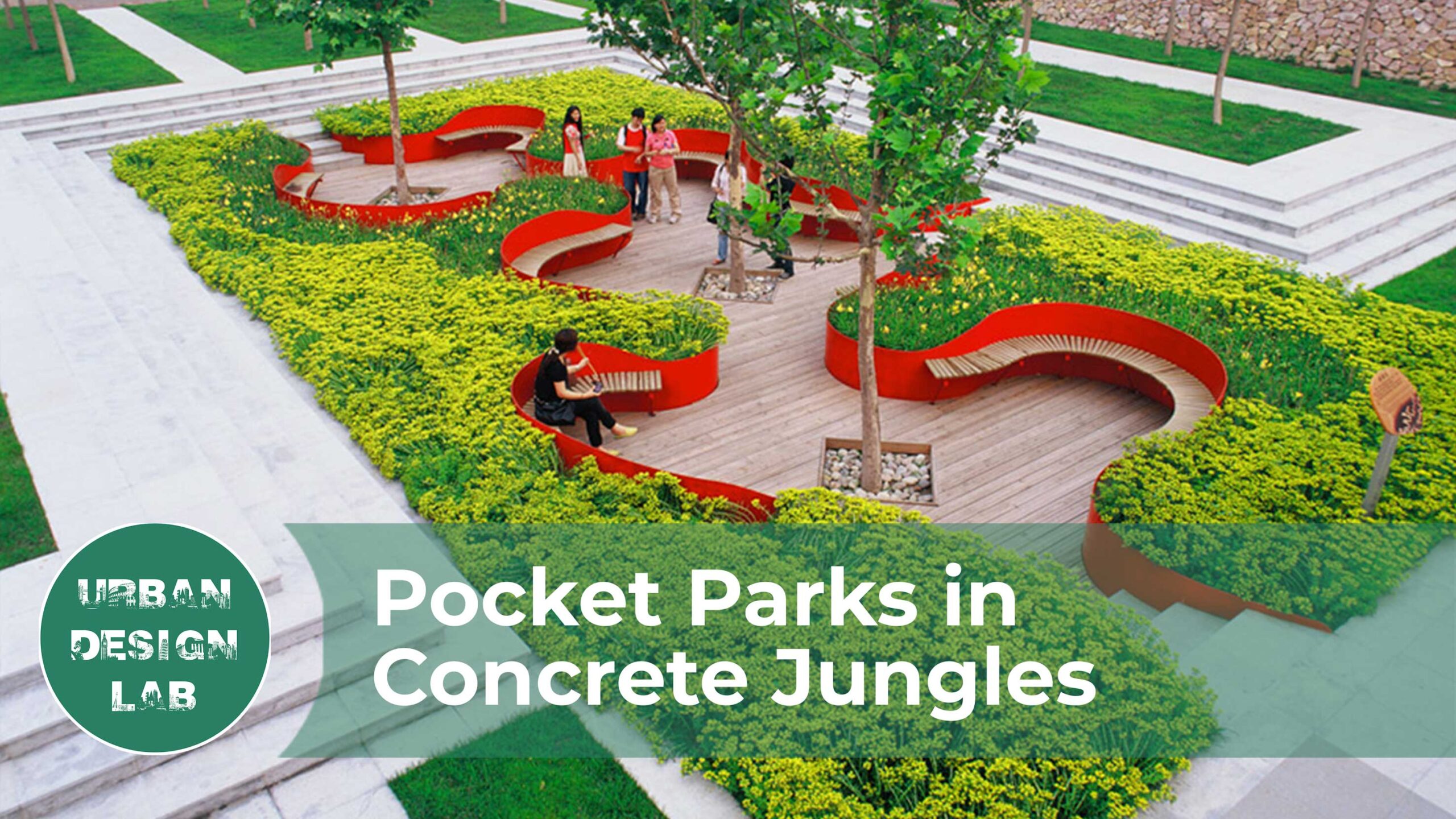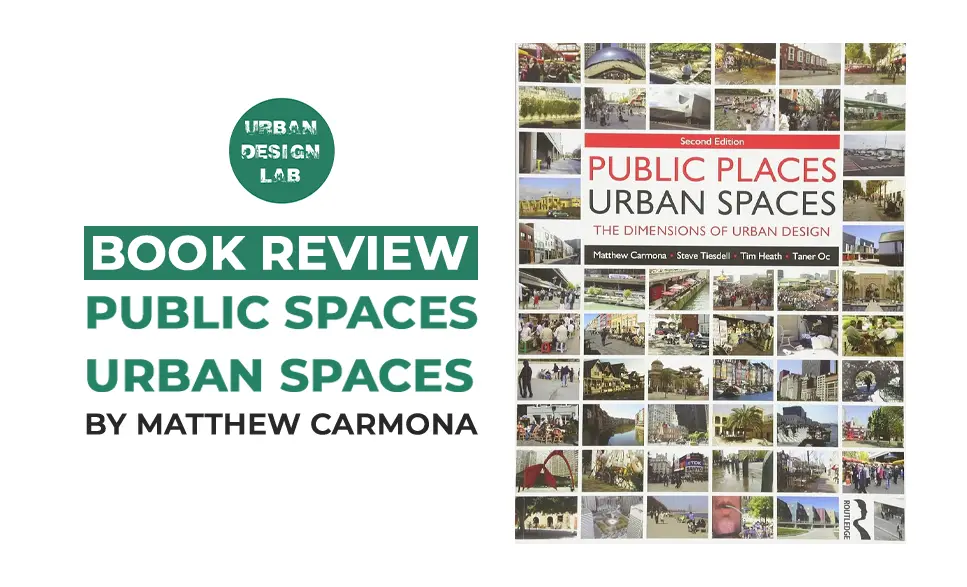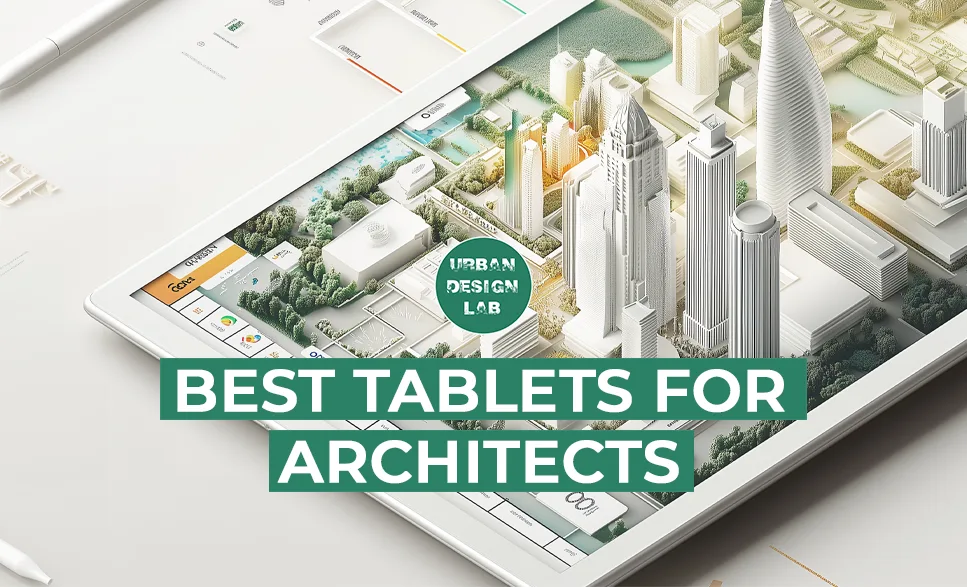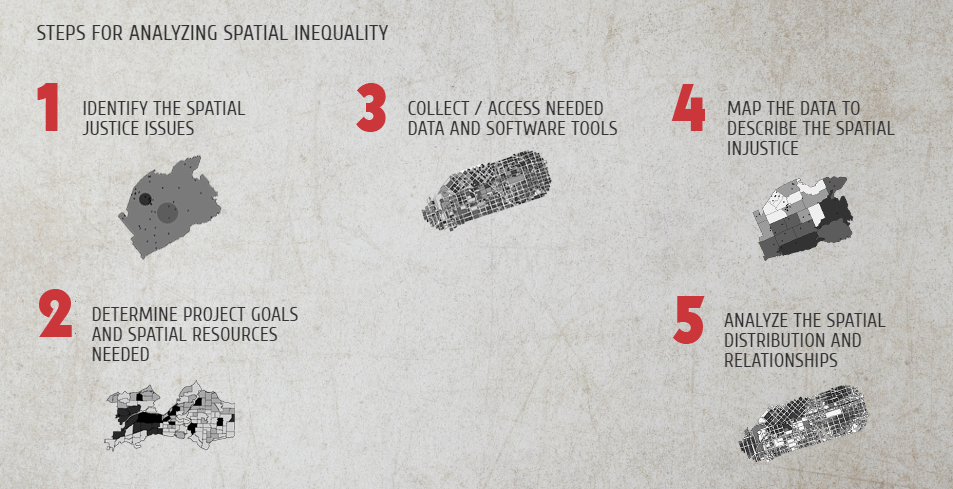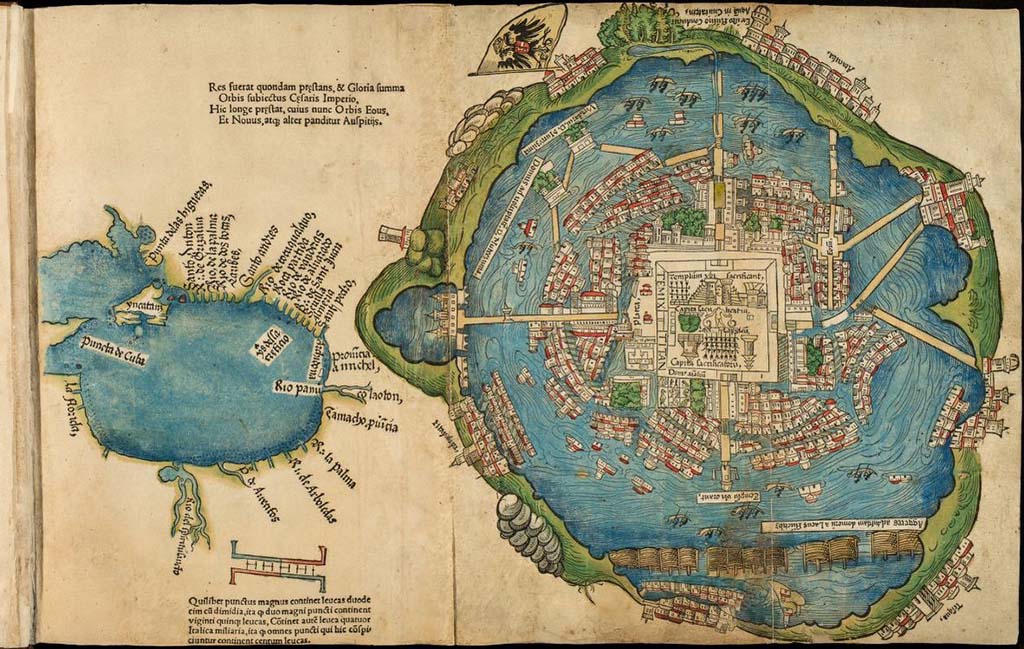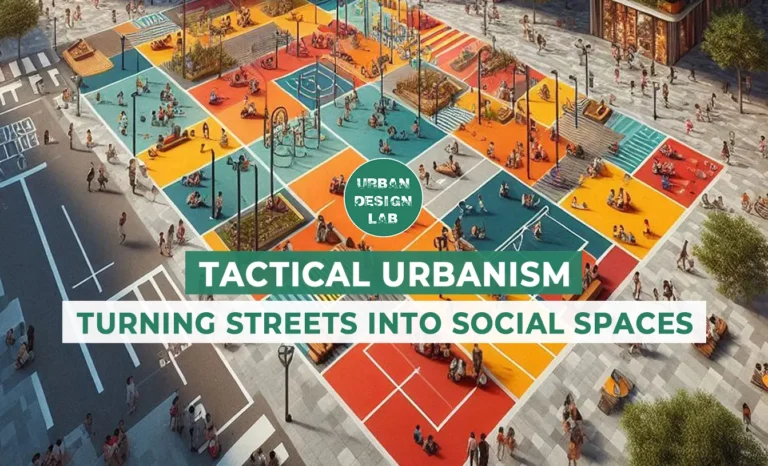
Career Opportunities After B.Arch
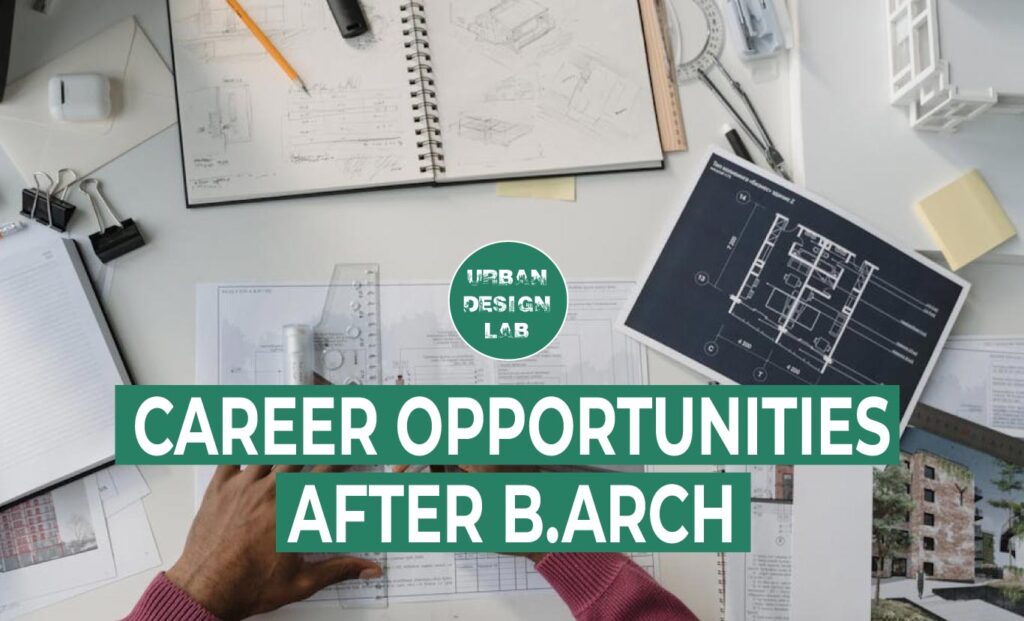
The Bachelor of Architecture (B.Arch.) degree continues to be a gateway to a plethora of creative and practical opportunities in the evolving landscape of architecture and design. With the world becoming increasingly focused on sustainable and innovative solutions for living spaces, B.Arch. graduates are finding their skills in high demand across a variety of fields. This article explores the diverse career paths that await B.Arch. graduates, including advanced education options, emerging job profiles in both the private and government sectors, cutting-edge research opportunities, and entrepreneurial ventures in interdisciplinary areas.
Scope for Higher Studies
Master of Architecture (M.Arch.)
Specializations: The range of specializations within the M.Arch. program has grown significantly. In addition to Digital Architecture, Environmental Architecture, and Advanced Architectural Design, students can now explore areas such as Computational Design, which focuses on the application of computational strategies to architectural design, and Architectural Conservation, which aims to preserve, conserve, and restore heritage structures with modern interventions.
Benefits: An M.Arch. degree not only deepens understanding of architectural principles but also equips graduates with the skills to tackle complex design challenges, innovate within the field, and lead projects with an advanced level of expertise. Graduates are well-prepared for roles that require specialization, such as sustainability consultants, digital design specialists, and conservation architects.

Master’s in Project Management
Focus: Beyond covering Agile methodologies and digital project management tools, this program now includes Risk Management, which teaches students to identify, analyze, and mitigate risks in construction and design projects. Supply Chain Management in construction is another critical area, focusing on optimizing the procurement and logistics of materials.
Benefits: With a comprehensive skill set in project management, graduates can oversee complex projects efficiently, ensuring they are completed on time, within budget, and to the desired quality standards. They are well-suited for roles as project managers, construction managers, and consultants in both the public and private sectors.

Master of Design (M.Des.) or Master of Fine Arts (MFA)
Fields: In addition to Interaction Design and Immersive Experience Design, these programs now offer specializations in Sustainable Design, focusing on creating products and services that minimize environmental impact, and Service Design, which aims to design the end-to-end experience of a service, ensuring it meets user needs effectively.
Benefits: Graduates from these programs can pursue careers in a wide range of industries, including technology, entertainment, healthcare, and non-profit organizations. They are equipped to work as VR/AR designers, user experience (UX) designers, service designers, and sustainability consultants, among other roles. Their work not only enhances user interaction with digital and physical products but also contributes to the creation of sustainable and user-centered services and experiences.

Master of Science in Architecture and Urban Design (MSAUD)
Focus: This program emphasizes the design, theory, and practice of urban spaces, exploring how architecture contributes to the fabric of cities. It covers urban theory, design strategies, and the social and environmental aspects of urbanization.
Benefits: Graduates are equipped to work as urban designers, city planners, or policy advisors, focusing on creating sustainable, livable, and vibrant urban environments.
Master of Computational Design (MCD)
Focus: This cutting-edge program focuses on the intersection of architecture, computer science, and digital fabrication techniques. Students explore algorithmic design, parametric modeling, and the use of artificial intelligence in architecture.
Benefits: Graduates are at the forefront of architectural innovation, prepared for roles as computational designers, digital fabrication specialists, or research and development experts in architecture firms, design consultancies, or tech companies.
Scope for Job Profiles after B.Arch. Degree
In Architecture and Construction
Sustainable Design Consultant: This role involves advising on sustainable building practices and integrating green technologies into new and existing structures. Professionals work closely with architects, engineers, and clients to ensure projects meet environmental standards, such as LEED certification. They play a crucial role in reducing the carbon footprint of buildings through energy-efficient designs, sustainable materials selection, and the incorporation of renewable energy sources.
Digital Fabrication Specialist: Specialists in digital fabrication use advanced technologies like 3D printing and CNC (Computer Numerical Control) machining to create building components or entire structures. They work at the intersection of design and manufacturing, bringing architectural concepts to life with precision and efficiency. This role requires a deep understanding of both the design process and the capabilities of digital fabrication technologies, making it possible to innovate in the ways buildings are constructed.
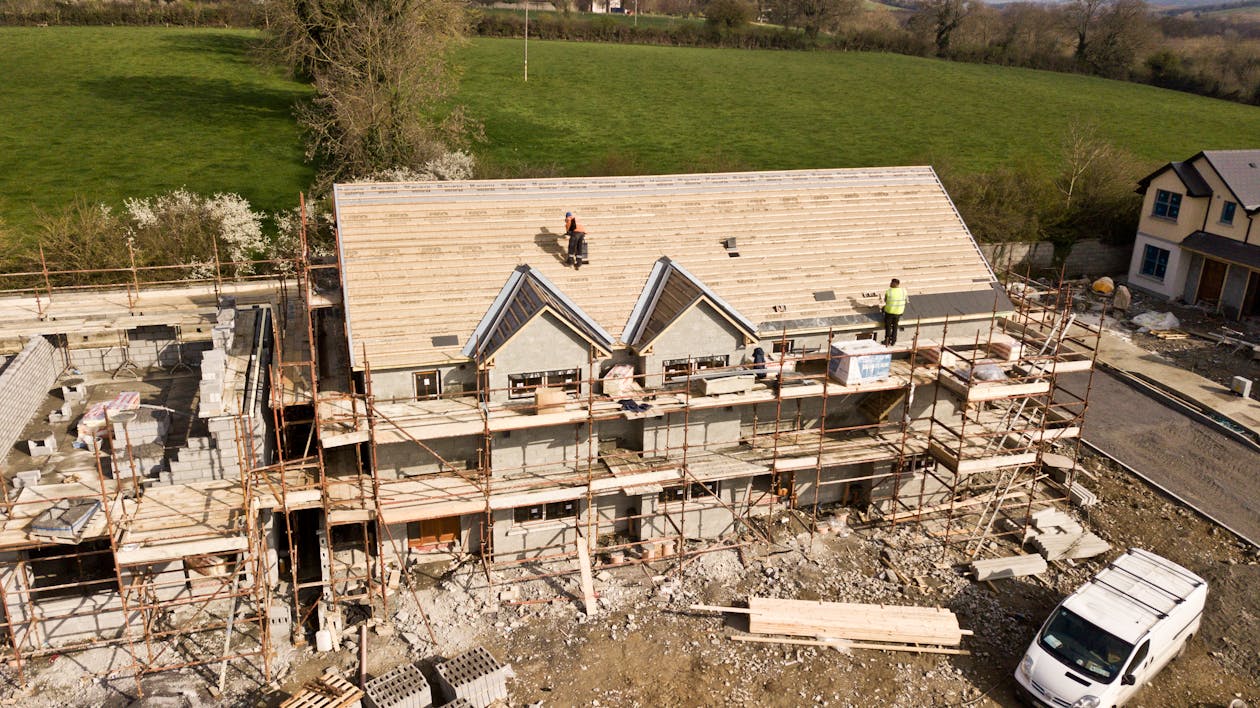
In Design and Creative Fields
Virtual Reality Designer: Virtual Reality (VR) Designers in architecture create immersive 3D environments that allow clients and stakeholders to experience a space before it’s built. This role involves a blend of architectural knowledge and digital design skills, using VR software to simulate environments for design visualization, client presentations, and even virtual walkthroughs of proposed projects. It’s a field that’s rapidly growing as VR technology becomes more accessible and its applications in architecture more widespread.
Environmental Graphic Designer: These designers specialize in creating visual elements within built environments that communicate information, tell stories, or provide navigational guidance. Their work includes the design of signage, wayfinding systems, mural designs, and branding elements integrated into physical spaces. Environmental graphic designers collaborate closely with architects and interior designers to ensure that these visual elements complement the overall design and functionality of a space.

In Technology and Innovation
Smart City Planner: Smart City Planners design urban areas that leverage digital technology and data analytics to improve the efficiency of city services, enhance sustainability, and improve the quality of life for residents. This role involves planning and implementing smart infrastructure, such as intelligent transportation systems, energy-efficient buildings, and digital public services. It requires a multidisciplinary approach, combining knowledge of urban planning, architecture, technology, and sustainability.
Architectural Technologist: Focusing on the application of technology in architecture, Architectural Technologists work on the technical and functional aspects of building design. This includes the integration of new materials and building technologies, energy efficiency measures, and the use of software for building information modeling (BIM). They ensure that architectural designs are practical, sustainable, and compliant with regulations, bridging the gap between concept and construction.
In Technology and Innovation
Smart City Planner: Smart City Planners design urban areas that leverage digital technology and data analytics to improve the efficiency of city services, enhance sustainability, and improve the quality of life for residents. This role involves planning and implementing smart infrastructure, such as intelligent transportation systems, energy-efficient buildings, and digital public services. It requires a multidisciplinary approach, combining knowledge of urban planning, architecture, technology, and sustainability.
Architectural Technologist: Focusing on the application of technology in architecture, Architectural Technologists work on the technical and functional aspects of building design. This includes the integration of new materials and building technologies, energy efficiency measures, and the use of software for building information modeling (BIM). They ensure that architectural designs are practical, sustainable, and compliant with regulations, bridging the gap between concept and construction.

Starting Your Own Firm
Exploring Niche Markets
Eco-Friendly Materials: With a rising global focus on sustainability, there’s a growing market for architectural firms that specialize in using and promoting eco-friendly and sustainable building materials. This niche not only appeals to environmentally conscious clients but also aligns with global efforts to reduce the carbon footprint of the construction industry.
Modular Housing Solutions: Modular and prefabricated housing solutions are gaining popularity as a cost-effective, efficient, and sustainable alternative to traditional construction methods. Starting a firm that specializes in these solutions can tap into a market with significant growth potential, especially in urban areas facing housing shortages and in regions prone to natural disasters where quick, reliable housing solutions are needed.
Digital Architecture Services: The digital transformation of the architecture industry offers numerous opportunities for entrepreneurial ventures. Services can range from virtual reality presentations and 3D modeling to the use of AI for optimizing designs or streamlining the construction process. Firms that can leverage these technologies can offer innovative services that set them apart in the competitive market.

Essential Skills and Tools
Architectural Expertise: The foundation of any architectural firm is deep expertise in design principles, construction techniques, and project management. Continuous learning and staying abreast of industry trends are crucial for maintaining a competitive edge.
Business Acumen: Understanding the business side of running a firm is equally important. This includes knowledge of finance, operations, human resources, and client management. Entrepreneurs must be able to develop business plans, manage budgets, and navigate the legal aspects of running a business.
Digital Marketing: In today’s digital age, a strong online presence is essential for attracting clients and building a brand. Skills in digital marketing, including SEO, content marketing, and social media strategy, can significantly enhance a firm’s visibility and lead generation efforts.
Online Collaboration Tools: With remote work becoming more common, proficiency in online collaboration tools is essential. These tools facilitate communication and project management with clients and team members, regardless of location. Familiarity with platforms for video conferencing, project management, and cloud-based file sharing is crucial for efficient operation.

Building a Network
Industry Connections: Building relationships with other professionals in the construction and design industries can lead to collaborations and referrals. Networking with suppliers, contractors, and real estate developers can also provide opportunities for new projects.
Community Engagement: Engaging with the local community can help in understanding the needs and preferences of potential clients. Participating in community events, offering workshops, or contributing to local development projects can raise the firm’s profile and establish its reputation as a valuable community member.
Exploring Different Fields
Building a Network
3D Visualization Artist: Beyond creating detailed 3D models and renderings of architectural projects, professionals in this field may also engage in creating animations and virtual tours, offering clients and stakeholders immersive experiences of proposed designs. This role is crucial in real estate marketing, film and video game design, and virtual reality applications.
Architectural Journalist: Writing about trends, innovations, and significant projects in the field of architecture, these professionals may also critique new buildings, discuss the impact of emerging technologies on architecture, and explore issues related to urban development and sustainability. They contribute to magazines, professional journals, blogs, and multimedia platforms.
Sustainable Design Advisor: Specializing in green building practices, sustainable design advisors work with architectural firms, construction companies, and clients to integrate sustainable solutions into projects. They focus on energy efficiency, renewable energy sources, and materials that are environmentally friendly, aiming to achieve certifications like LEED or BREEAM for projects.
Architectural Historian: Researching and analyzing the architectural history of buildings, cities, and cultures, architectural historians work for academic institutions, government agencies, or as consultants. They contribute to the preservation of historic sites and educate the public and professionals about architectural heritage and its significance.
Urban Sketcher: Professionals who specialize in capturing the essence of urban life and architecture through sketches and drawings. Urban sketchers may work as freelancers, illustrating for publications, exhibitions, or workshops, or they might collaborate with urban planners and designers to bring a human perspective to urban development projects.
Film Set Designer: Utilizing architectural skills to design and create sets for movies, television shows, and theater productions. This role requires a deep understanding of space, scale, and historical accuracy, as well as the ability to work under tight deadlines and budgets.
Exhibition Designer: Designing spaces for museums, galleries, trade shows, and temporary exhibits. Exhibition designers create engaging environments that guide visitors through a narrative, showcasing artifacts, artworks, or products in a way that enhances the viewer’s experience.
Architectural Software Developer: Combining programming skills with architectural knowledge to develop software solutions tailored to the architecture, engineering, and construction (AEC) industry. This might include BIM software, design and visualization tools, or project management applications.
Real Estate Development Consultant: Leveraging architectural expertise to advise on property development projects. Consultants assess the feasibility of projects, work on design concepts that maximize the value and appeal of properties, and navigate zoning and planning regulations.
Accessibility Consultant: Specializing in designing buildings and environments that are accessible to people with disabilities. These consultants ensure that projects comply with laws and regulations, such as the Americans with Disabilities Act (ADA), and promote inclusive design principles.
Each of these roles demonstrates the broad applicability of skills acquired through architectural education, offering exciting career paths that go beyond traditional architectural practice. Whether through direct application of design and planning skills or through interdisciplinary roles that blend architecture with other fields, the possibilities for B.Arch. graduates are vast and varied.

Related articles

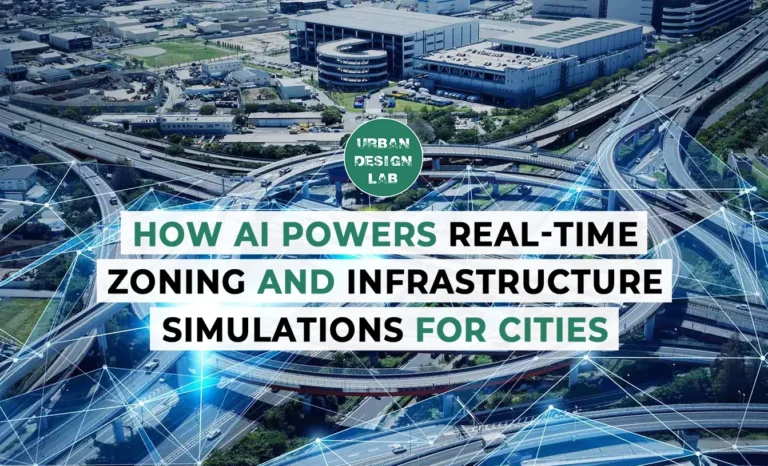
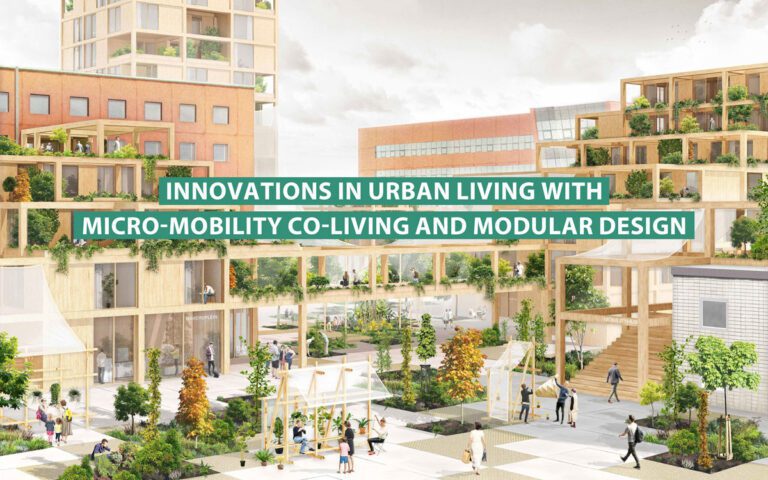
Micro-Mobility and Modular Design in Urban Living
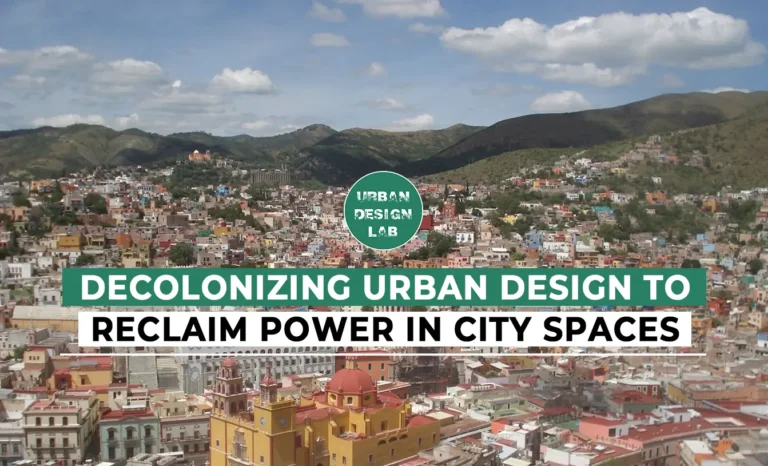

Rethinking Urban Planning Careers in India
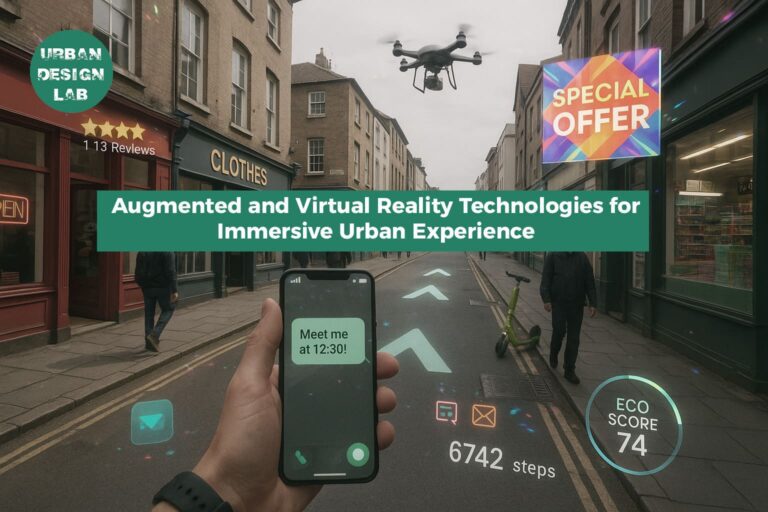
5-Days UDL GIS
Masterclass
GIS Made Easy – Learn to Map, Analyse, and Transform Urban Futures
Session Dates
14th-18th July 2025

Free E-Book
From thesis to Portfolio
A Guide to Convert Academic Work into a Professional Portfolio”
Recent Posts
- Article Posted:
- Article Posted:
- Article Posted:
- Article Posted:
- Article Posted:
- Article Posted:
- Article Posted:
- Article Posted:
- Article Posted:
- Article Posted:
- Article Posted:
- Article Posted:
- Article Posted:
- Article Posted:
- Article Posted:
Sign up for our Newsletter
“Let’s explore the new avenues of Urban environment together “




























